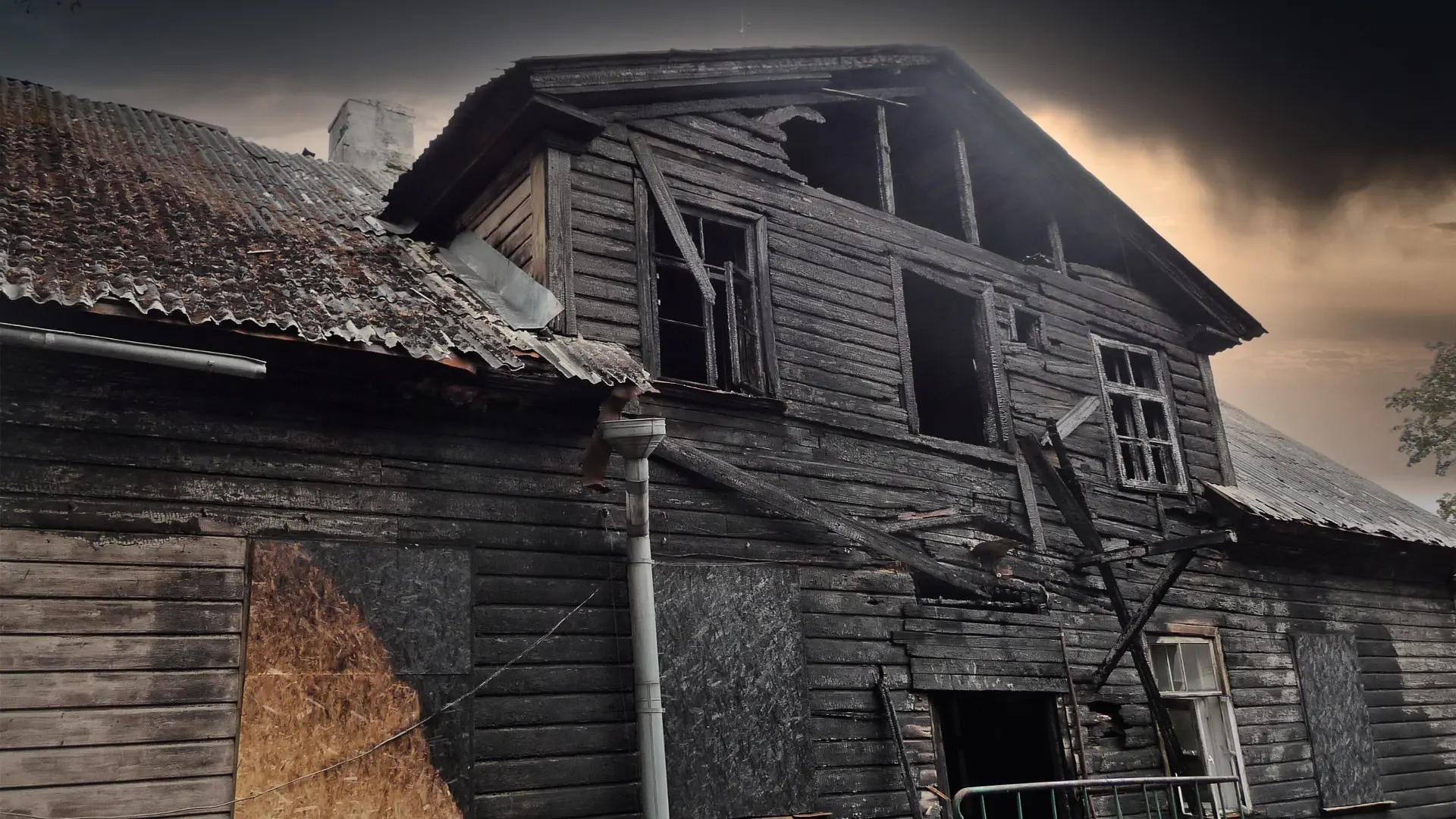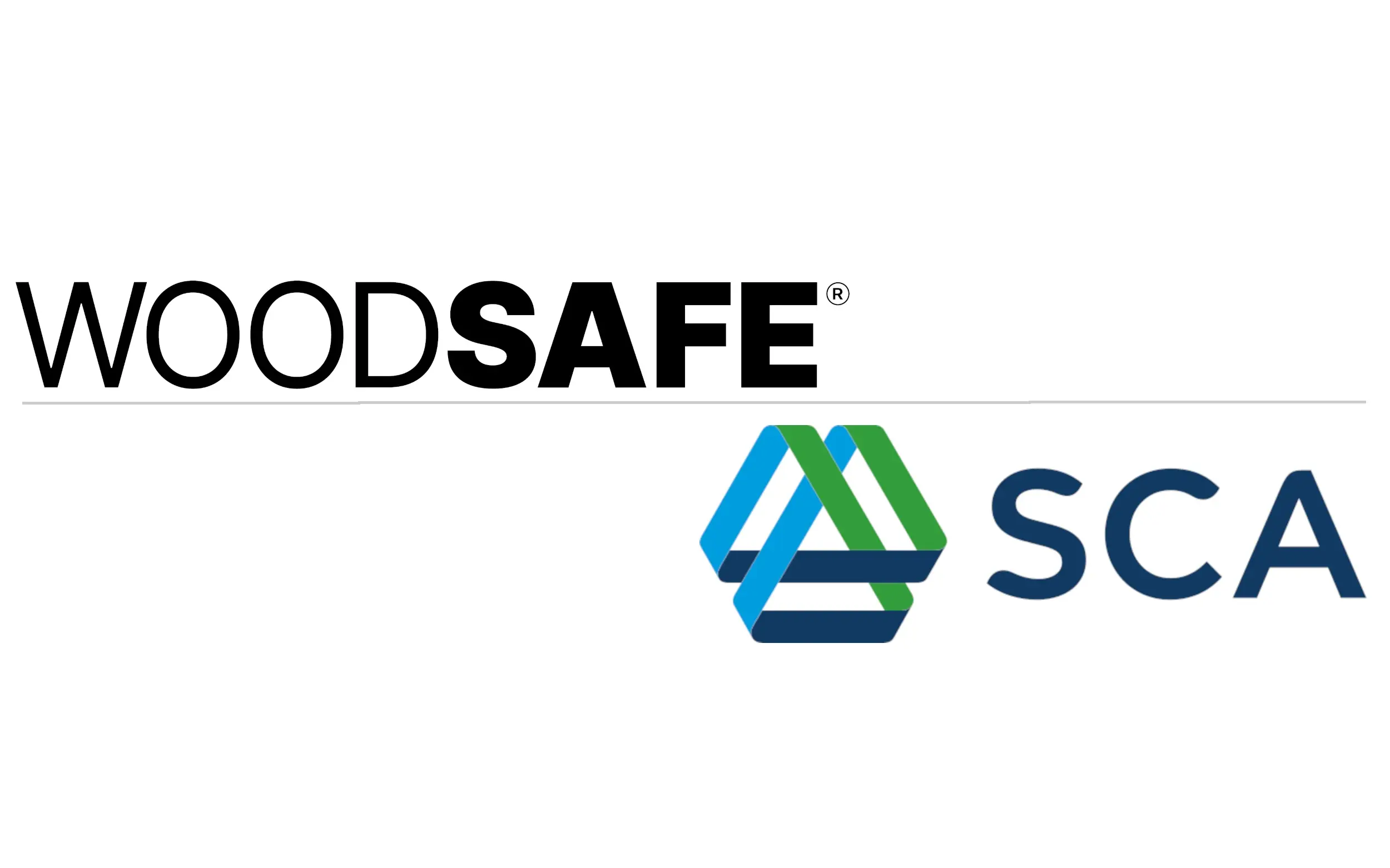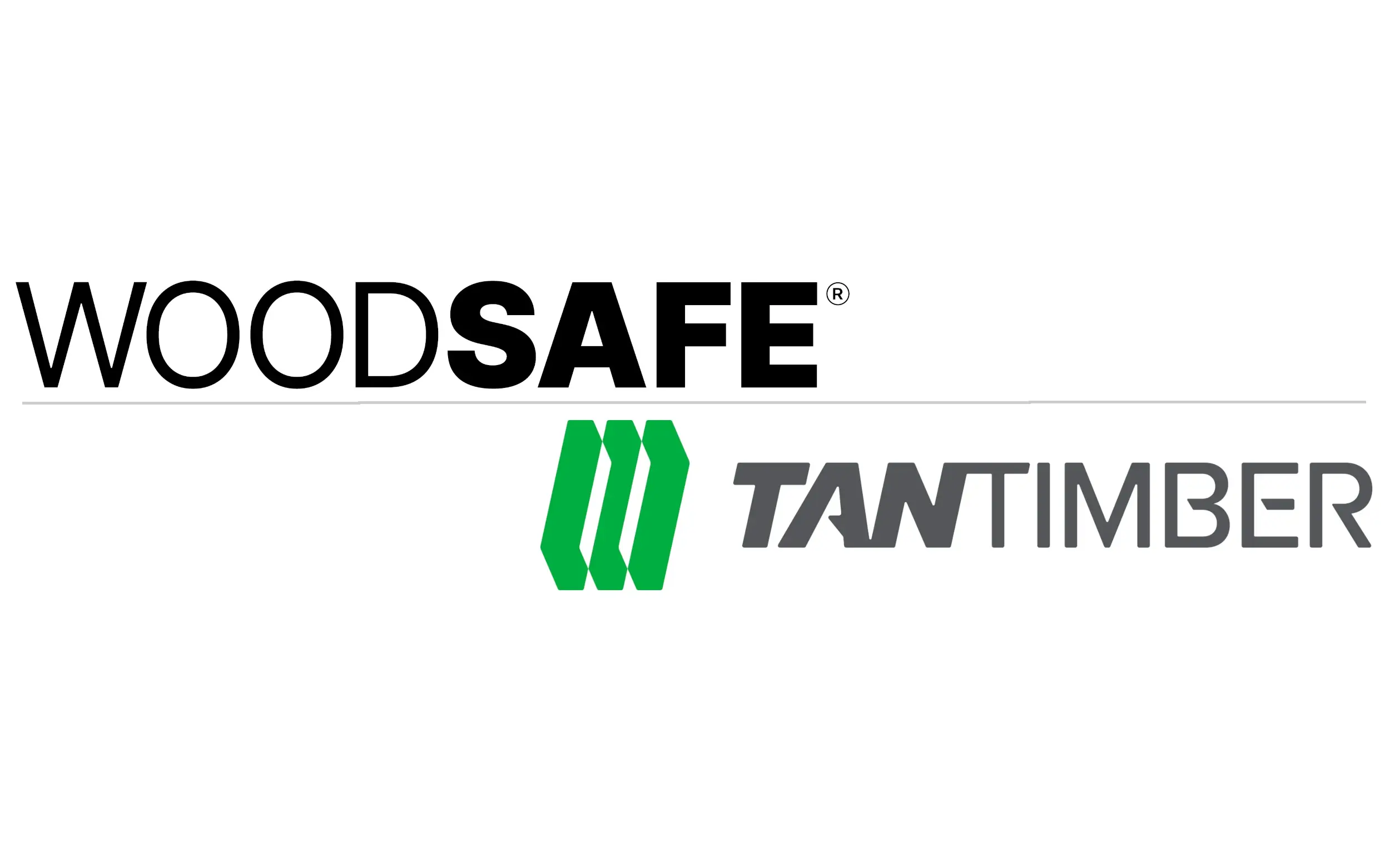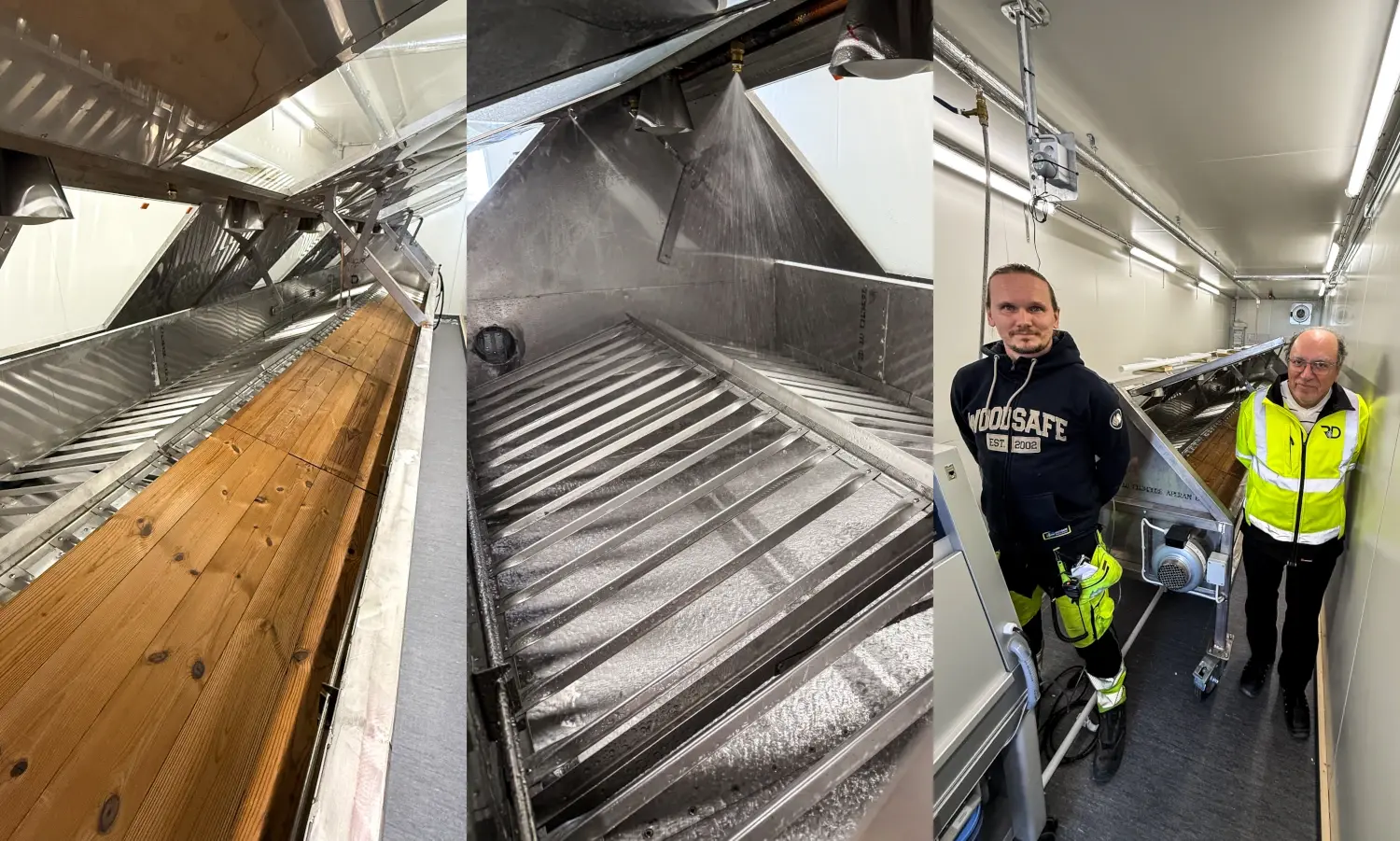Are you safe in half the house. Not the whole?
Fire safety is about the whole, not parts of the regulations. Looking only at the specific fire class and not at how the fire class is achieved is the most common cause of deficiencies and the risk of catastrophic consequences in the event of a fire. Another common problem is that the focus on fire safety and documented properties is disregarded in favour of complying with the market's wishes for eco-labelling, such as happy, sour old men, the swan, etc.
It is worth mentioning that these systems do not take into account or evaluate fire safety properties, which may mean that an ecolabelled product based on the private sector's environmental assessment system gives the product a green light, but in relation to fire safety it should be a red light!

Go up to a level, not down into a trap!
It is not unusual for the decision to purchase fire-impregnated wood to be based on the fire class specified in the fire protection documentation. The reason for incorrect procurement can be many, for example insufficient documentation, ignorance and time pressure. Below are some examples of pitfalls you should watch out for:
- The approval does not cover the air gap
- The approval does not cover sparse panels
- The approval does not cover the mounting condition
- The approval does not include insulation
- The approval does not include the substrate
- The approval does not cover surface treatment
- The approval does not cover exterior mounting without surface treatment
- The approval does not cover exterior mounting with surface treatment
The above shortcomings can occur in both fire-impregnated wood and fire-resistant painted wood. The difference between fire protection painting is that fire protection painting is generally approved on D-substrates, while fire impregnation, which enhances the wood's properties against fire, must be tested and approved for each type of wood. Otherwise, the same basic requirement specification applies, for example fire protection properties on all sides, for example sparse panels.
The same fire class does not mean equivalent quality assurance
Although the technical fire class, for example B-s1,d0, is verified for fire impregnation and fire protection painting, there are decisive differences in process, execution, self-inspection and manufacturing control.
| Method | Application | Manufacturing control | Third party control | Every single wood type | Available for purchase for custom application |
| Vacuum pressure impregnation | Industrial | Yes | Ingoing third-party control of the notified body, as well as continuously submitted samples from production | Yes | No |
| Fire protection painting in factory | Industrial | Yes | No, D-substrate is enough | No | |
| Fire protection paint | Manufacturer of the paint | Yes | The majority of colours can be purchased by anyone and thus performed by anyone | ||
| Fire protection painting at workplace | Manual | No | No |



